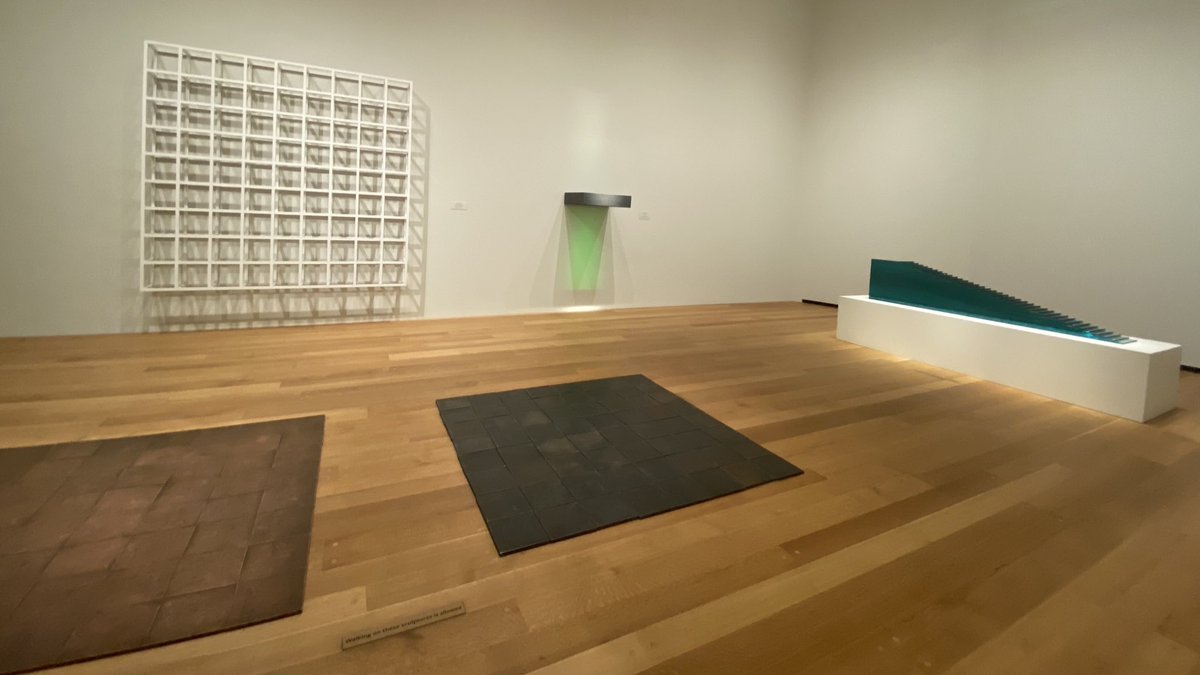Welcome to the East Building’s gallery 406B, focused on art of the 1960s. Our tour today will focus on three women artists represented in this room. #MuseumFromHome
See all of the works: http://go.usa.gov/xwqxM ">https://go.usa.gov/xwqxM&quo...
See all of the works: http://go.usa.gov/xwqxM ">https://go.usa.gov/xwqxM&quo...
ICYMI, last week we toured the neighboring gallery 406A: https://twitter.com/ngadc/status/1261031572012179460">https://twitter.com/ngadc/sta...
This tour is led (from home) by Jennifer Riddell, interpretive projects manager (whom you may have met on a gallery talk on this same subject).
The art in this room is abstract, no “pictures.” You may notice muted colors, geometric and soft forms, and repeated shapes.
The art in this room is abstract, no “pictures.” You may notice muted colors, geometric and soft forms, and repeated shapes.
“Test Piece for Contingent” (1969) by Eva Hesse is made of latex painted onto cheesecloth. Its parchment-like surface may suggest skin or a bandage.
The latex parts are dried and stiff from age, and the cheesecloth soft and pliable, so much so that the work responds to air currents in the gallery, waving slightly.
Hesse observed, “Life doesn’t last; art doesn’t last.”
Hesse observed, “Life doesn’t last; art doesn’t last.”
“Test Piece” was Eva Hesse’s trial run in the process of developing a finished work called “Contingent,” (1969), which is in the collection of the @NatGalleryAus. See it here: http://bit.ly/36lyXqK ">https://bit.ly/36lyXqK&q...
Eva Hesse and the next artist up, Yayoi Kusama, were friends and had art studios in the same building in New York City.
[Fred W. McDarrah, “Eva Hesse in her Bowery Loft, September 14, 1968,” NGA Library]
[Fred W. McDarrah, “Eva Hesse in her Bowery Loft, September 14, 1968,” NGA Library]
Yayoi Kusama’s teeming, hive-like pattern of small interlocking loops crowds the surface of “Infinity Net Yellow” (1960).
Imagine the intensity of effort and focus it took the artist to cover a canvas nearly 10 feet long by 8 feet high.
Imagine the intensity of effort and focus it took the artist to cover a canvas nearly 10 feet long by 8 feet high.
Kusama began creating net-like paintings in 1959. She painted the very large-scale paintings sometimes all in white and other times in a variety of other color combinations.
[Rudy Burckhardt, “Yayoi Kusama in her studio.,” c. 1960, NGA Library]
[Rudy Burckhardt, “Yayoi Kusama in her studio.,” c. 1960, NGA Library]
The artist’s studio floor, walls, furniture, and even her own body also became surfaces upon which she painted nets and other repeated shapes, like dots.
You may start to notice other patterns across the surface of the painting, such as the vertical bands containing the curving patterns of small loops.
Kusama compared her own existence as being a single dot amid an infinite net or pattern of dots, “a single particle among billions.”
She continues to work actively today at age 91.
She continues to work actively today at age 91.
During the 1960s in New York City, artists including Hesse and Kusama were exploring the boundaries of what art could be. The patterned environments that Kusama created, with herself often positioned within them, helped foster the development of a new art form: performance art.
Kusama has always been open about her challenges with mental illness and anxiety, noting, “My artwork is an expression of my life, particularly of my mental disease.”
As a child she believed that flowers spoke to her, and that fabric patterns came to life, enveloping her like a tidal wave. She instinctively took up art as a therapeutic means of coping with her experiences and feelings.
Next up is “Untitled #2” (1981) by Agnes Martin. Her art is notoriously difficult to photograph with its subtle colors and delicate pencil marks.
A hybrid of drawing and painting, it connects to Kusama’s art through the deliberate and repetitive way it was made.
A hybrid of drawing and painting, it connects to Kusama’s art through the deliberate and repetitive way it was made.
Martin wanted you to experience rather than analyze or decode it. She said, “Our response to line, color, and tone is the same as our response to sound, and like music, abstract art is thematic. It holds meaning for us that is beyond expression in words.”
This @Tate video introduces Agnes Martin and shows her at work in her studio during the 1990s: https://www.youtube.com/watch?v=902YXjchQsk">https://www.youtube.com/watch...
Martin was in New York City during the 1960s, of an elder generation than Hesse and Martin, and traveled in different artistic circles. She began working with “grids” (and later, with lines) during that time.
This work, “Water Flower,” (1963) is also in the Gallery’s collection. Eva Hesse apparently saw Agnes Martin’s art and took inspiration from the lines and grids seen in much of Martin’s art.
For Martin, paintings appeared fully formed in her mind’s eye. She would create a thumbnail sketch and then mathematically calculate how to transfer it to her standard 6-foot square canvas.
["Untitled," 1964]
["Untitled," 1964]
Thanks for following along on today’s tour of gallery 406B in the East Building! We’ll be back another day to look at the other works.
This video from @MuseumModernArt
demonstrates how Agnes Martin created her paintings. Enjoy it for a #MuseumMomentofZen: https://www.youtube.com/watch?v=I2Fyzav8MxE">https://www.youtube.com/watch...
demonstrates how Agnes Martin created her paintings. Enjoy it for a #MuseumMomentofZen: https://www.youtube.com/watch?v=I2Fyzav8MxE">https://www.youtube.com/watch...

 Read on Twitter
Read on Twitter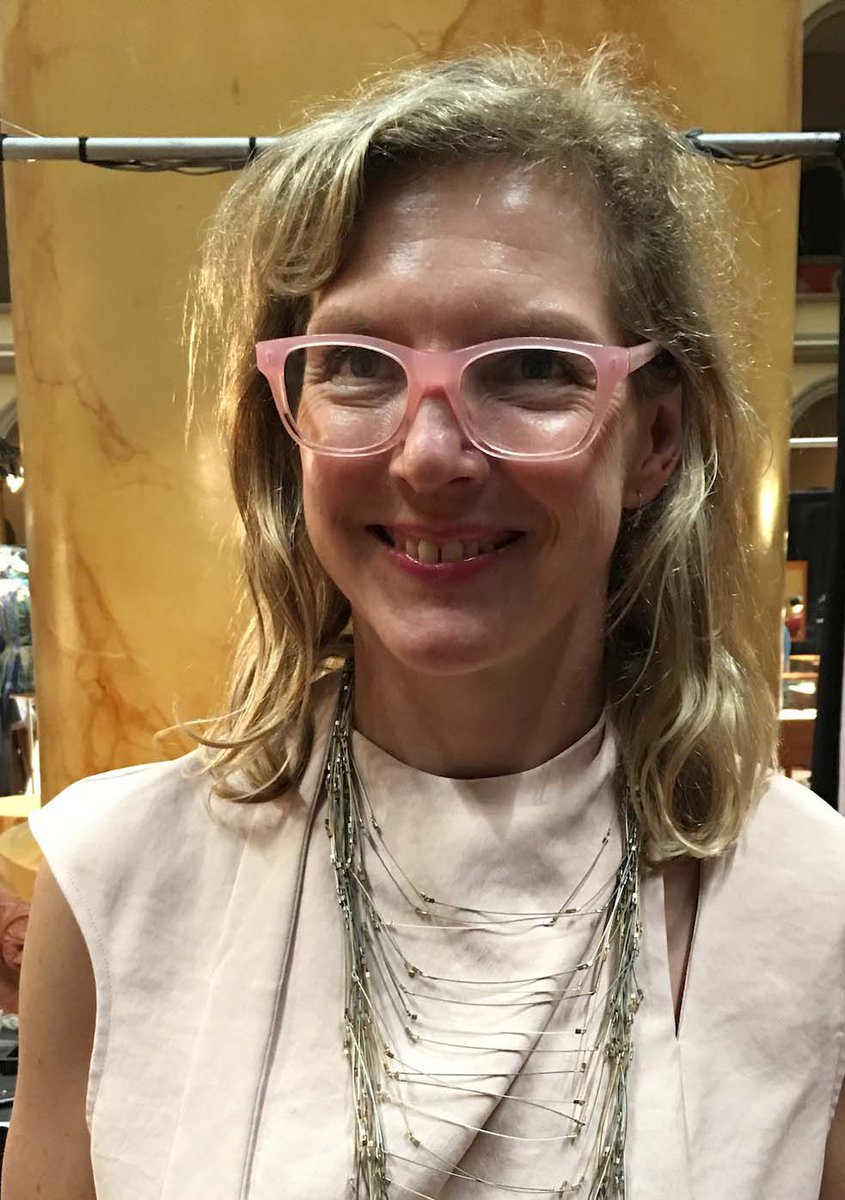
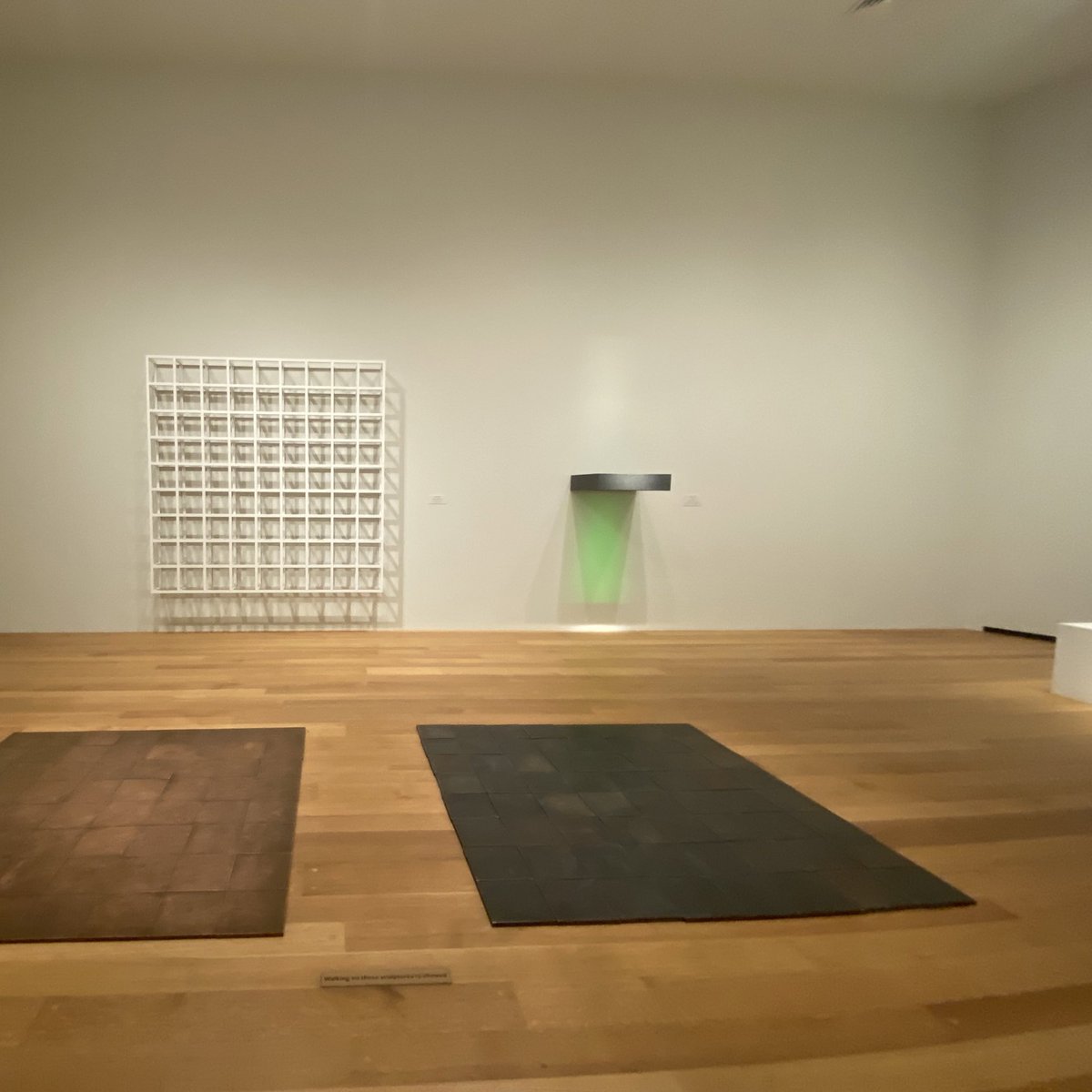
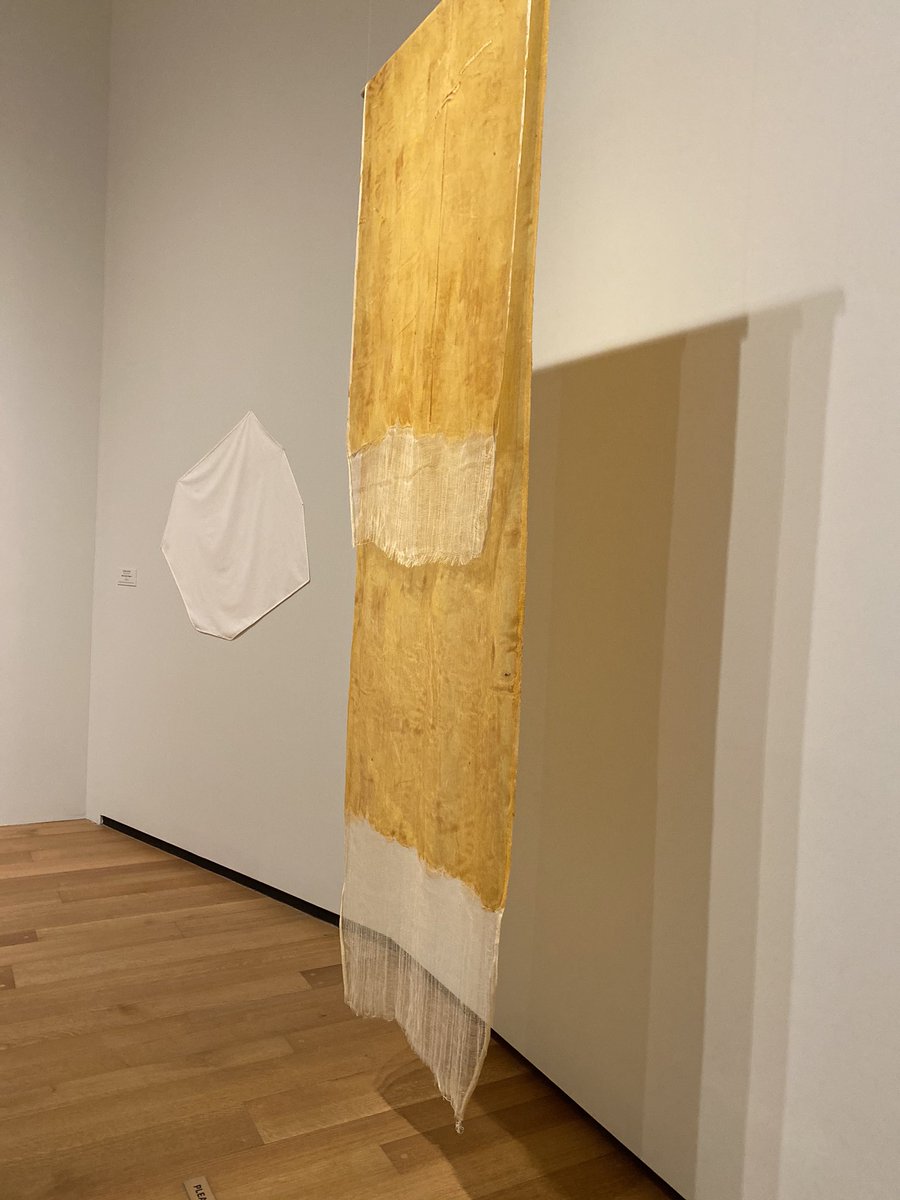

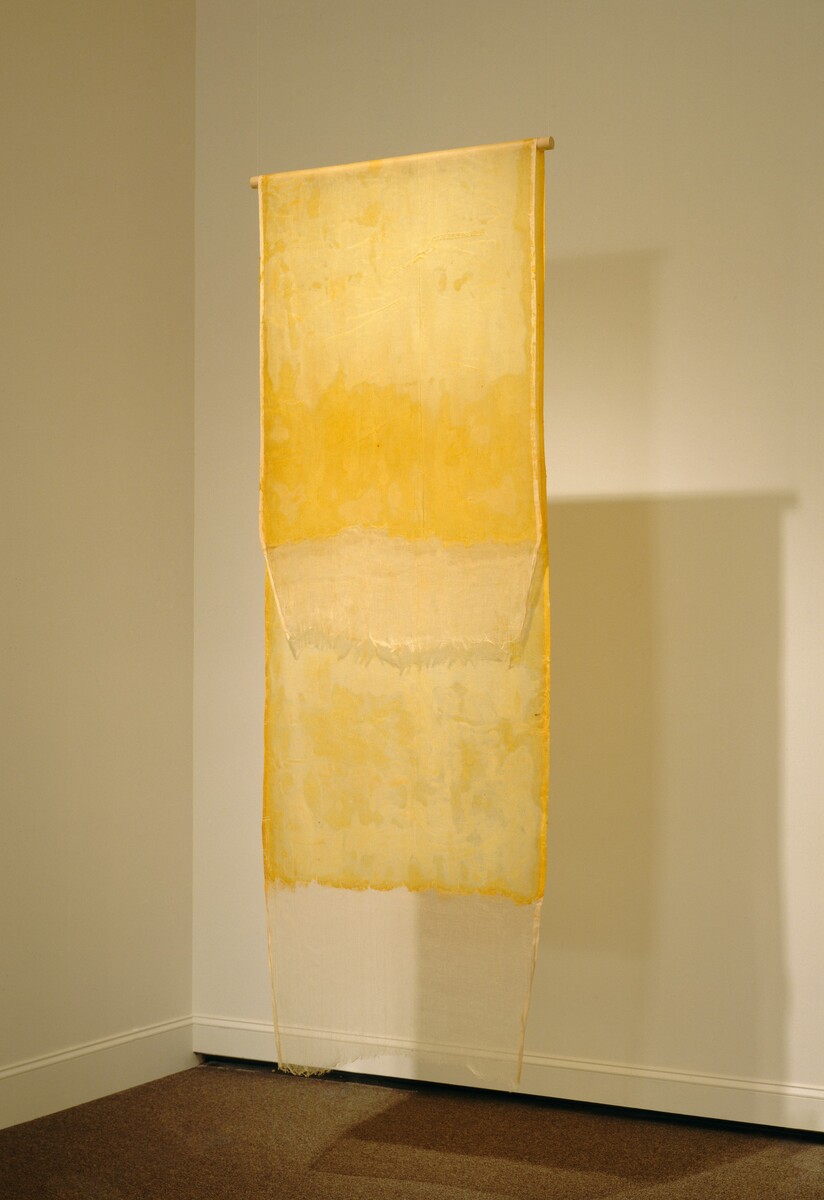
![Eva Hesse and the next artist up, Yayoi Kusama, were friends and had art studios in the same building in New York City. [Fred W. McDarrah, “Eva Hesse in her Bowery Loft, September 14, 1968,” NGA Library] Eva Hesse and the next artist up, Yayoi Kusama, were friends and had art studios in the same building in New York City. [Fred W. McDarrah, “Eva Hesse in her Bowery Loft, September 14, 1968,” NGA Library]](https://pbs.twimg.com/media/EYkQODjXYAcCBFI.jpg)
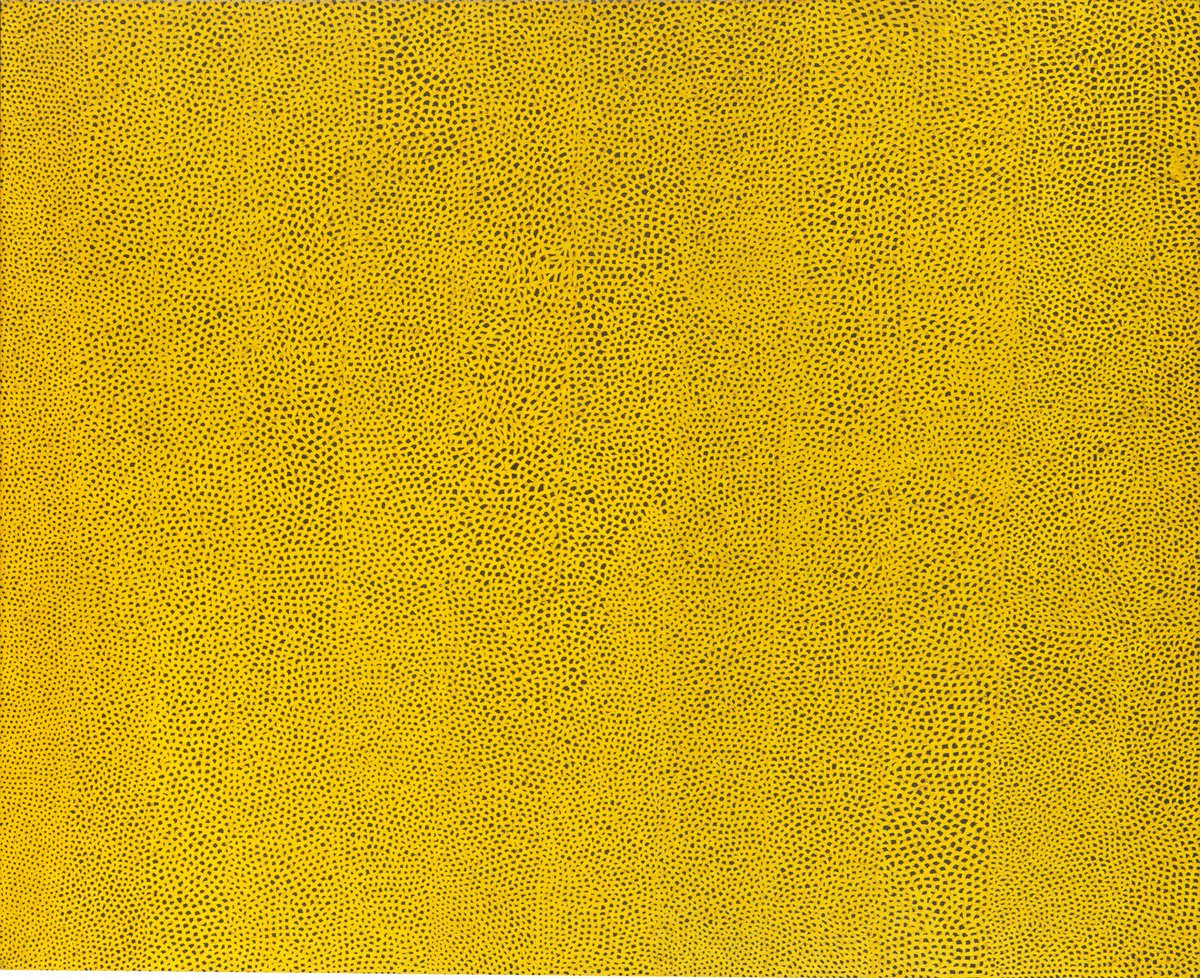
![Kusama began creating net-like paintings in 1959. She painted the very large-scale paintings sometimes all in white and other times in a variety of other color combinations.[Rudy Burckhardt, “Yayoi Kusama in her studio.,” c. 1960, NGA Library] Kusama began creating net-like paintings in 1959. She painted the very large-scale paintings sometimes all in white and other times in a variety of other color combinations.[Rudy Burckhardt, “Yayoi Kusama in her studio.,” c. 1960, NGA Library]](https://pbs.twimg.com/media/EYkRkJdWAAcqqxq.jpg)
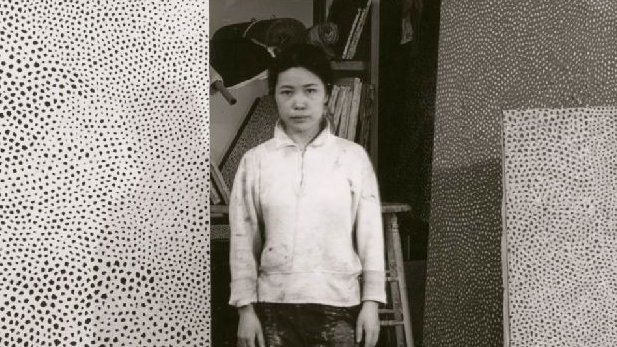
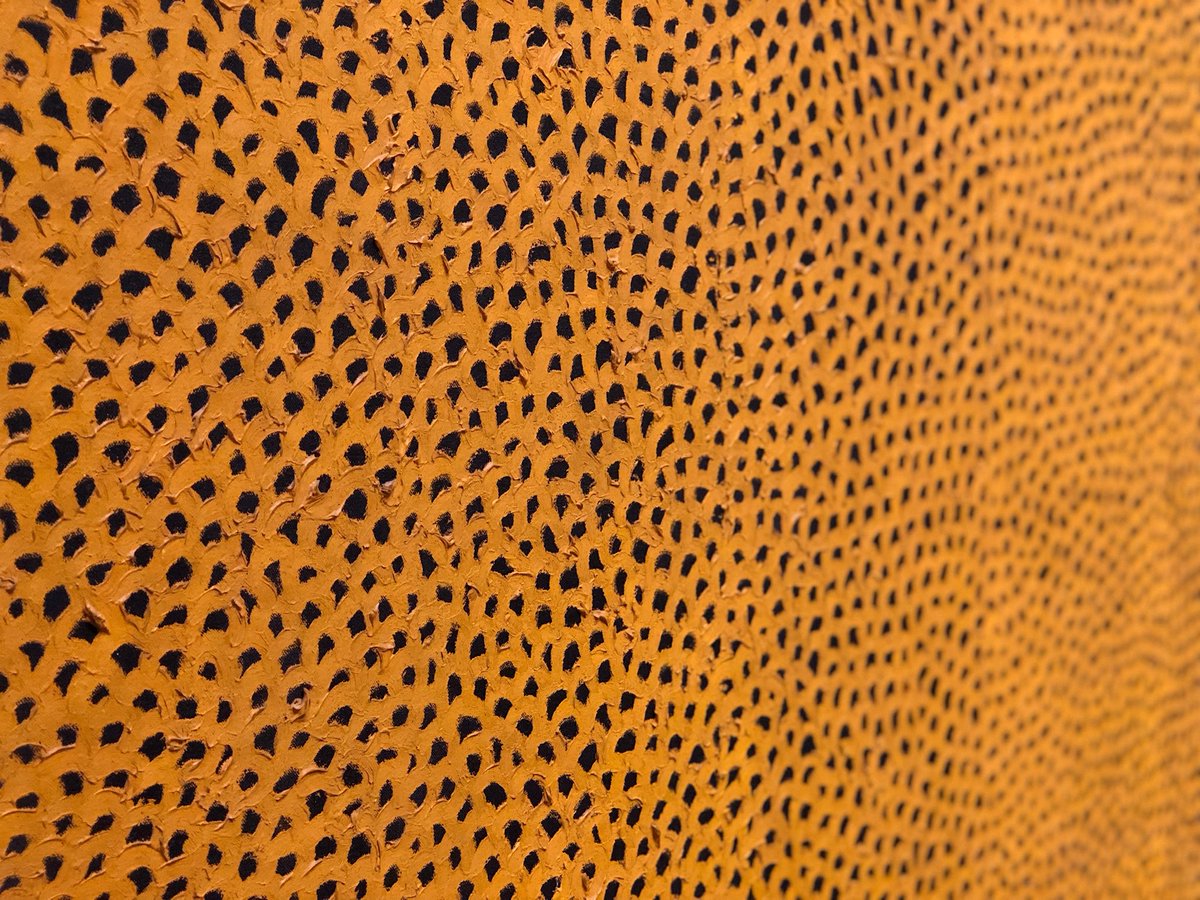
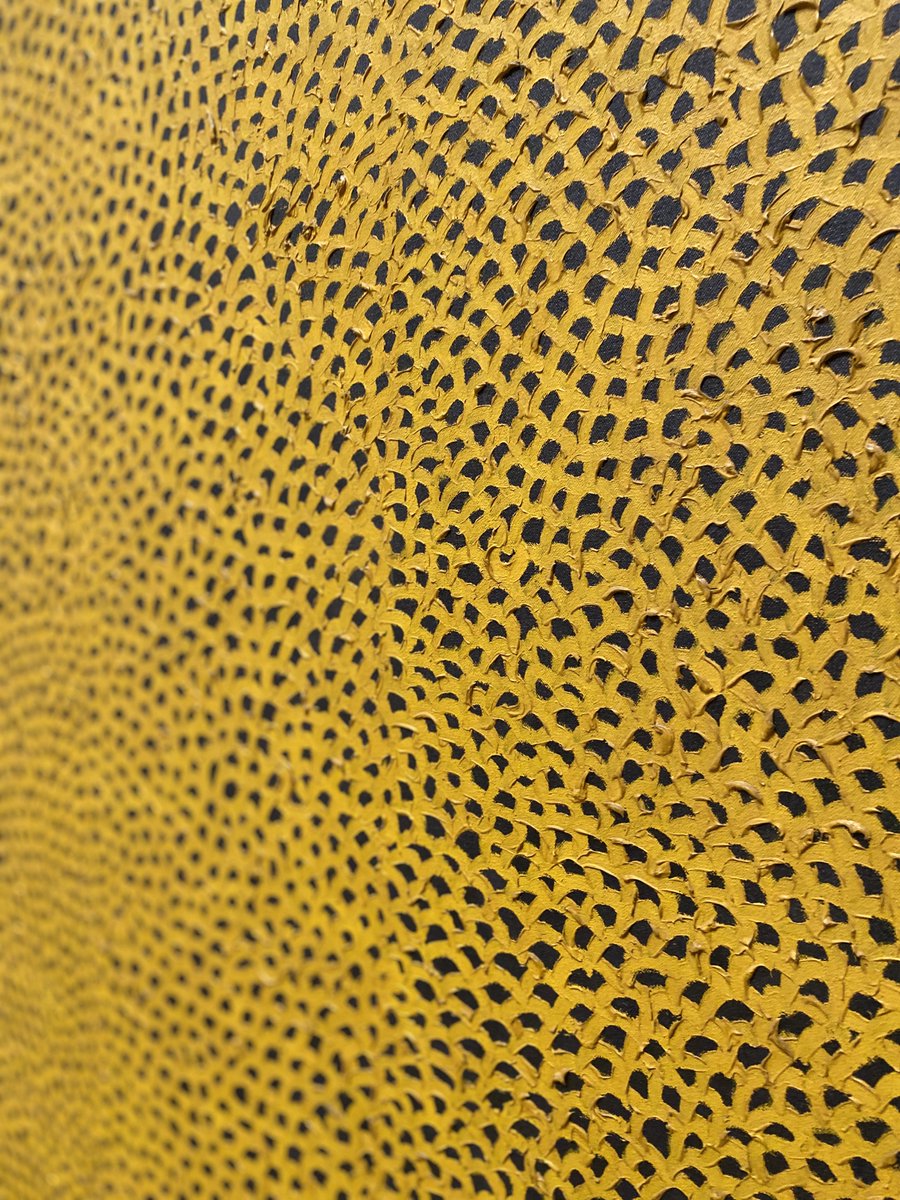
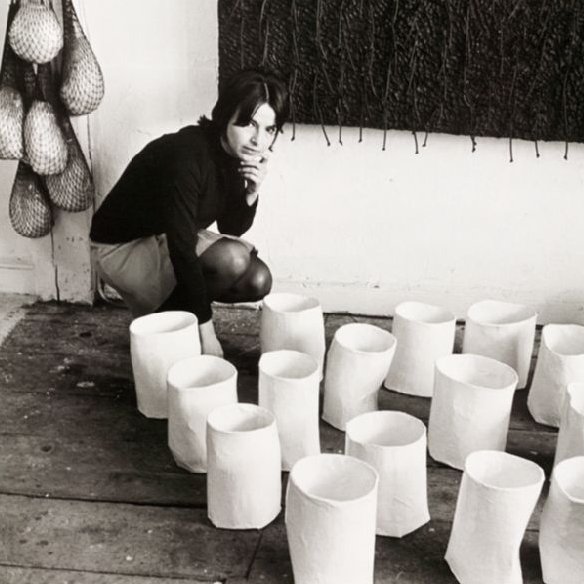
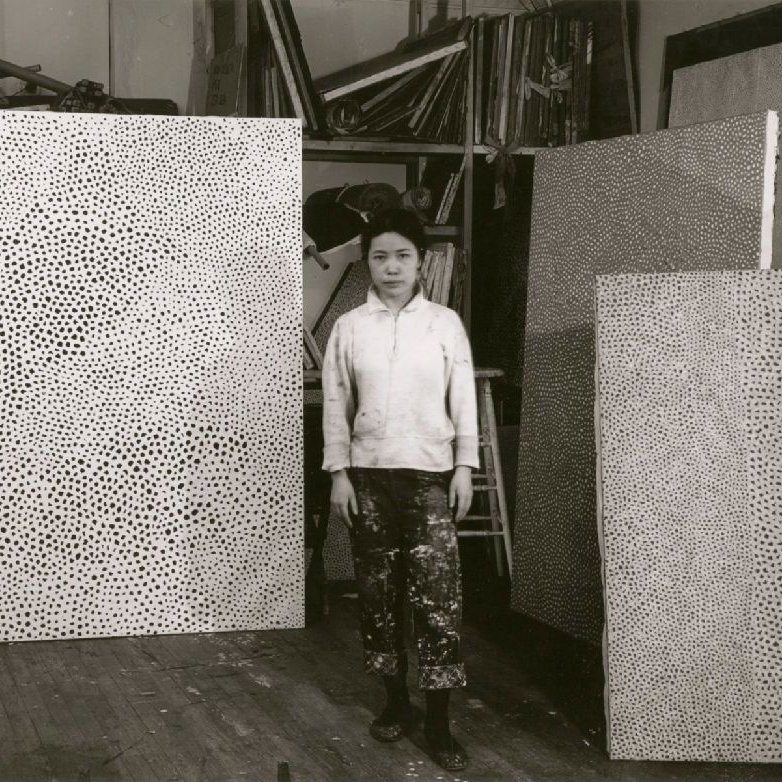
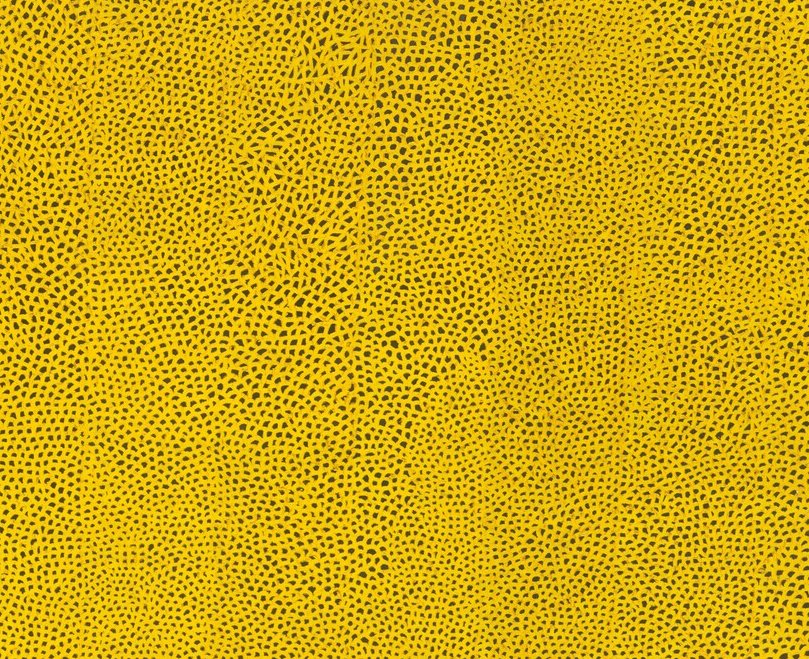

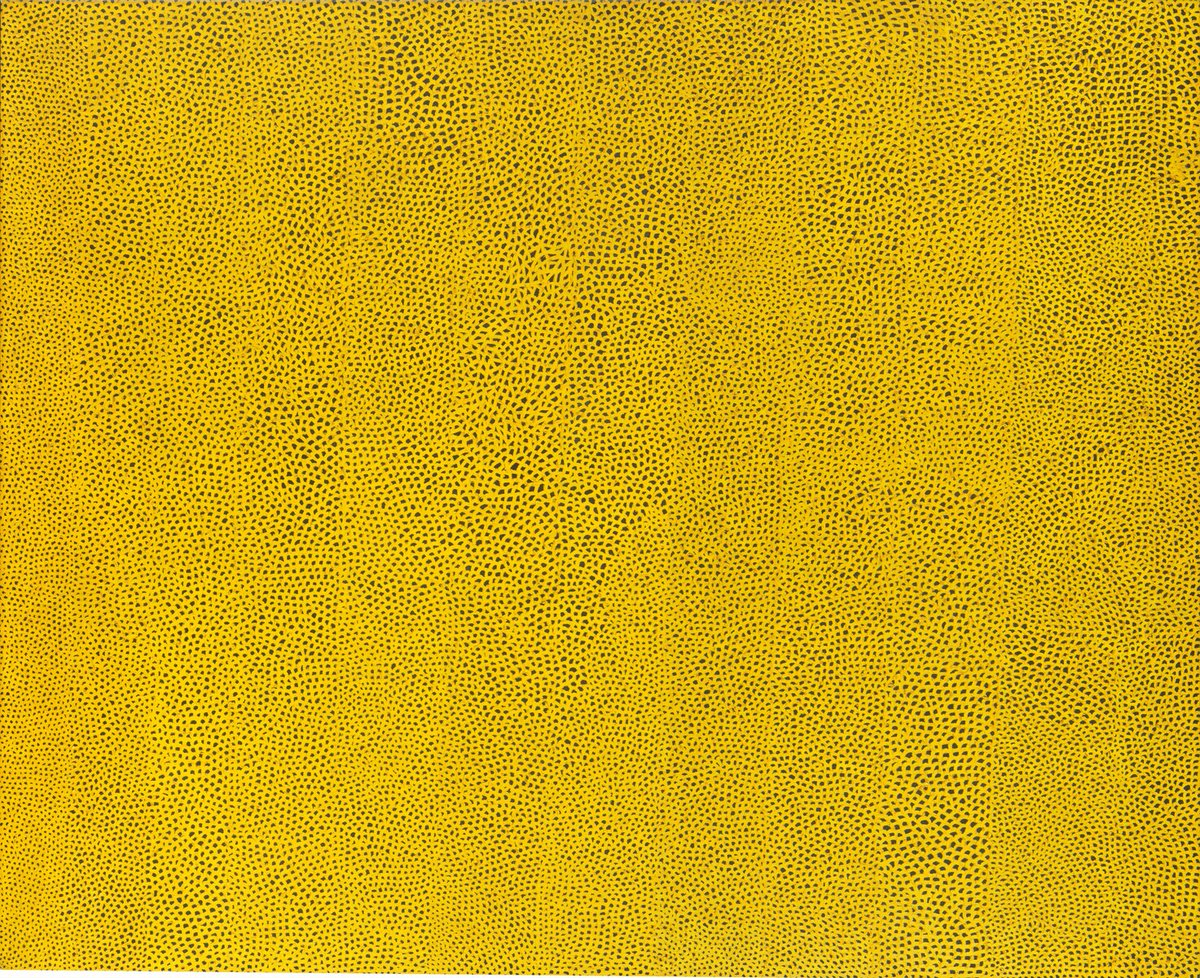
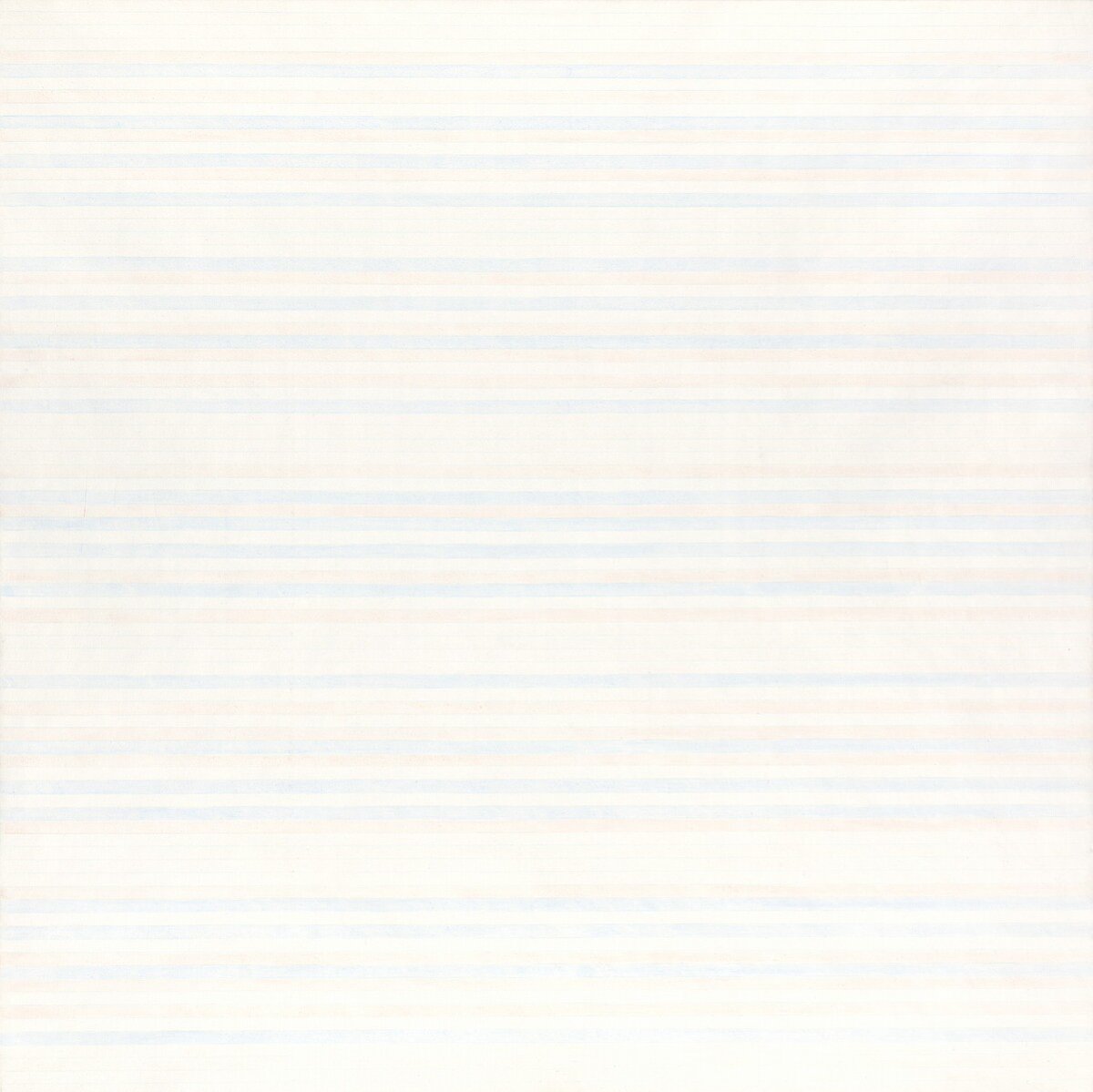
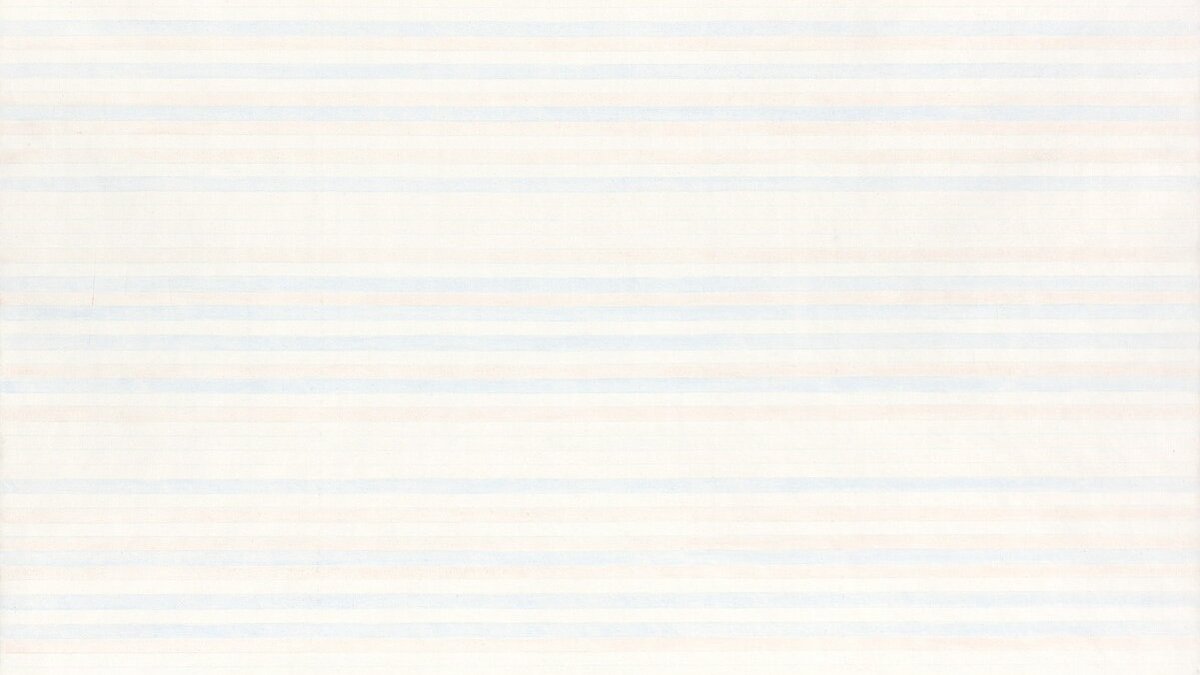
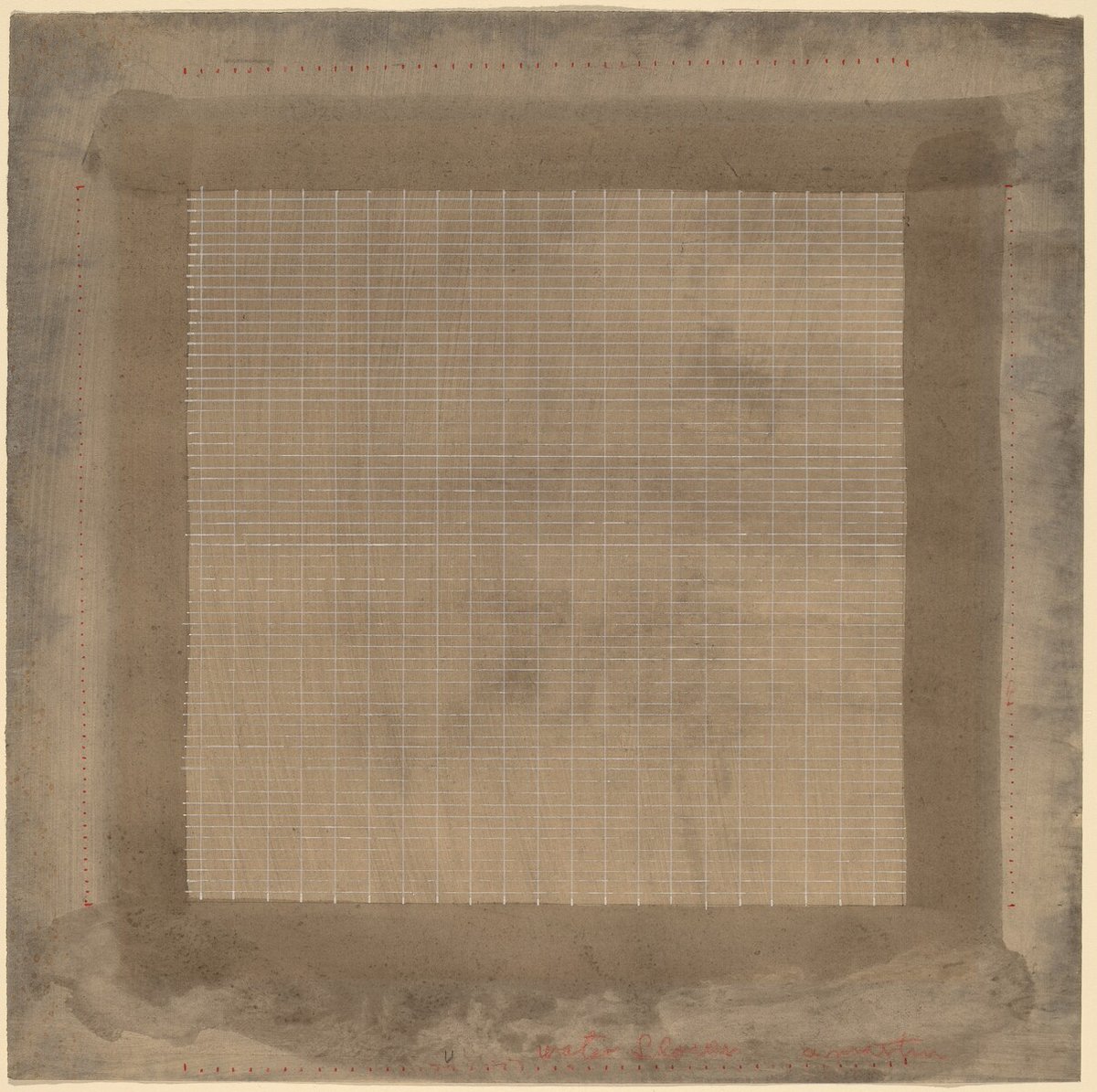
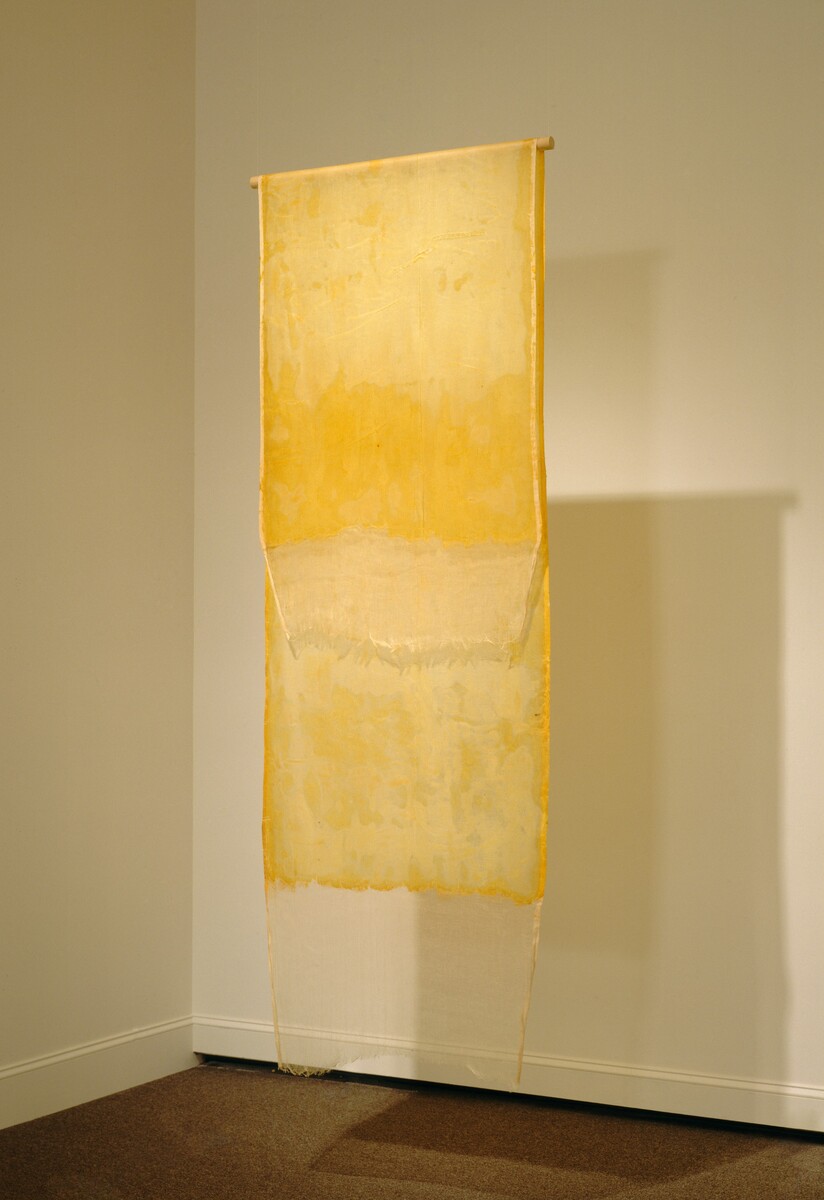
![For Martin, paintings appeared fully formed in her mind’s eye. She would create a thumbnail sketch and then mathematically calculate how to transfer it to her standard 6-foot square canvas.["Untitled," 1964] For Martin, paintings appeared fully formed in her mind’s eye. She would create a thumbnail sketch and then mathematically calculate how to transfer it to her standard 6-foot square canvas.["Untitled," 1964]](https://pbs.twimg.com/media/EYkWijCX0AEsvdY.jpg)
